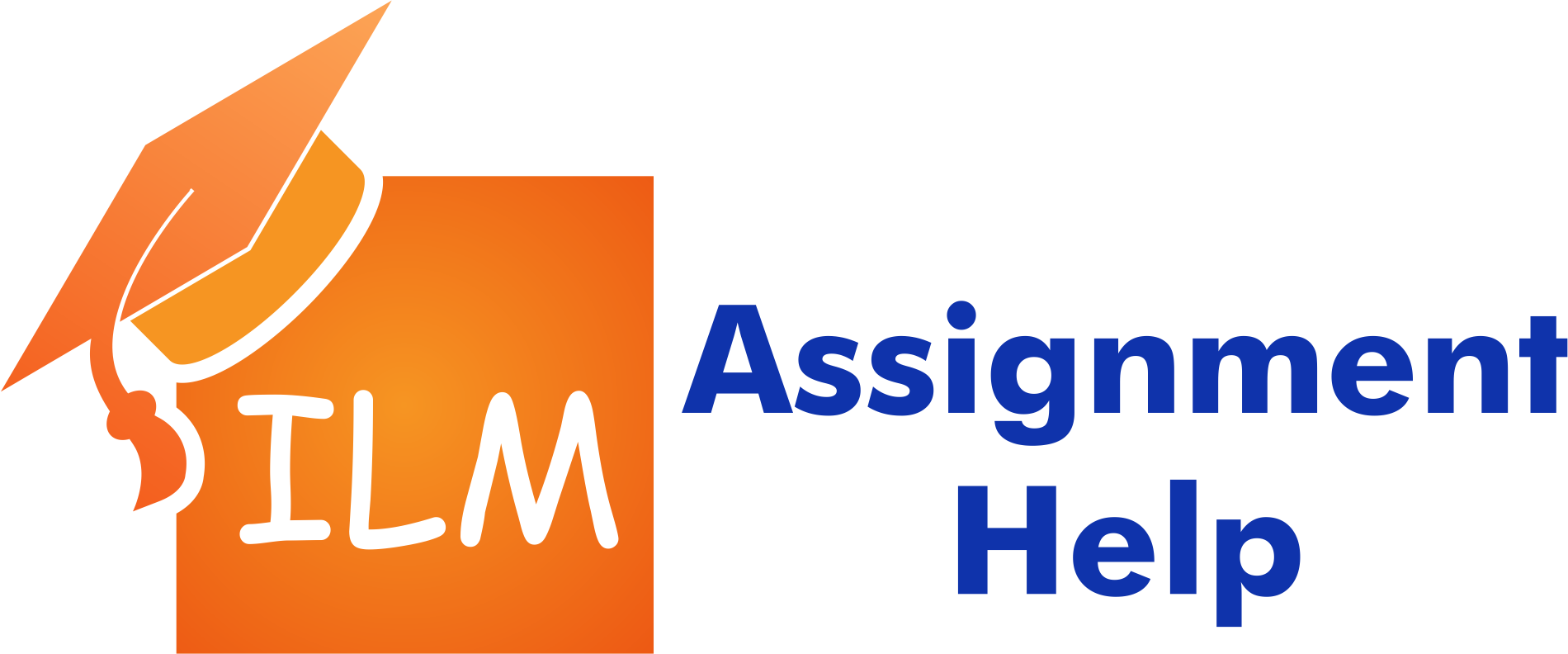Did you enjoy our articles?
Click the order button below to get a high-quality paper.
You can talk to the writer using our messaging system and keep track of how your assignment is going.
Order Now / اطلب الان
8605-417 Managing and Implementing Change in the Workplace stands as a pivotal unit within the ILM Level 4 modules, specifically designed to enhance proficiency in managing change effectively within organizations. Workplaces inevitably undergo significant changes, prompted by shifts in the external environment or the internal imperative to adapt efficiently. In light of this inevitability, leaders within organizations must remain consistently prepared to adeptly handle and implement change within their spheres of operation and responsibility.
This transformative process is crucial for organizational success and resilience in the face of disruptions. Effectively managing and implementing change necessitates leaders to conduct thorough organizational and environmental analyses. This involves gaining insights into the areas requiring change and comprehending the capacity of the individuals they lead to navigate and adapt to these changes successfully.
Moreover, the process extends to the actual implementation of change, requiring leaders to provide the necessary support to the organization throughout this transformative journey. The primary aim and purpose of 8605-417 is to elevate awareness and proficiency in approaches to managing and implementing change, thereby ensuring its success within the workplace and subsequently enhancing the managerial performance of leaders. This unit encompasses 24 hours of guided learning and contributes significantly with 6 credit values toward the completion of the ILM Level 4 module.
Leaders at all levels must possess the capability to effectively implement and manage change within their spheres of operation. This involves the introduction of new methods for handling activities and providing support to the individuals under their leadership to seamlessly adapt to the changes introduced. In this context, 8605-417 Managing and Implementing Change in the Workplace is highly relevant for diverse leaders across the organization.
The unit is particularly tailored for middle-level managers, a group of leaders actively engaged in making tactical decisions that steer the organization through varying environments. Given their direct involvement in managerial roles, middle managers are well-suited for this unit, as they routinely navigate and manage different changing aspects within the organization. Moreover, the unit is equally relevant for executive management, responsible for making pivotal strategic decisions that align the organization with industry-level changes. Their ability to comprehend the nature of the changes and the needs of the individuals involved is crucial before implementing change initiatives.
First-level managers and team leaders also find value in pursuing this unit, as it equips them with skills essential for their future career and professional engagements. By undertaking this unit, individuals in these roles can develop the necessary competencies to navigate and lead through periods of change effectively.
Upon completing the unit, learners will be proficient in the following:
8605-417 Managing and Implementing Change in the Workplace is a comprehensive unit dedicated to enhancing skills and abilities in effectively navigating people through change processes while ensuring alignment with organizational policies and objectives. The unit encompasses crucial areas of learning, including:
An evaluative method is employed to ascertain the accomplishment of learning goals and objectives in 8605-417 Managing and Implementing Change in the Workplace. This involves a comprehensive written assessment, demanding a 3000-word response from the learner. Within the assessment template, learners are prompted with questions designed to gauge their mastery of the theoretical information imparted during the unit.
Furthermore, the assessment delves into the practical application of acquired knowledge, incorporating case studies, simulated scenarios, or supervised practice. In these settings, assessors scrutinize learners’ ability to implement learned information within an organizational context. This ensures that learners can adeptly apply their knowledge to enhance their professional capabilities.
This unit is tailored for middle-level managers who play a vital role in making tactical decisions to adapt the organization to changing environments. It equips them with essential skills to effectively handle and implement change within their areas of responsibility.
Learners are guided through various environmental and organizational analysis tools, such as PESTLE and SWOT analysis, to evaluate the necessity for change. This ensures a thorough understanding of the context and reasons driving organizational change.
The unit covers developmental, transitional, and transformational change. Learners are guided to identify the characteristics of each type, enhancing their ability to overcome challenges associated with implementing different types of change within the organization.
Learners are exposed to models like the system theory and process design models to diagnose change needs, assess risks, and develop strategies to mitigate uncertainties. Additionally, models such as the Bridge’s transition model are presented to manage people effectively during the change process.
Assessment involves a 3000-word written assignment where learners respond to questions within a template. It evaluates their theoretical understanding and practical application of the information through case studies, simulated situations, or supervised practice, ensuring the enhancement of their professional capabilities.
Related Articles:
Click the order button below to get a high-quality paper.
You can talk to the writer using our messaging system and keep track of how your assignment is going.
Order Now / اطلب الان
